The United States Supreme Court has seen many remarkable individuals serve on its bench, some of whom dedicated their lives to shaping the nation’s legal landscape well into their later years. These justices not only brought decades of experience to the Court but also left behind legacies that continue to influence the interpretation of laws today. From landmark decisions that changed the course of history to steadfast commitments to justice, the oldest Supreme Court justices demonstrate the profound impact of wisdom and perseverance in shaping the nation’s judiciary. Their stories offer a glimpse into how age and experience have shaped some of the most critical moments in American legal history.
Oliver Wendell Holmes Jr.
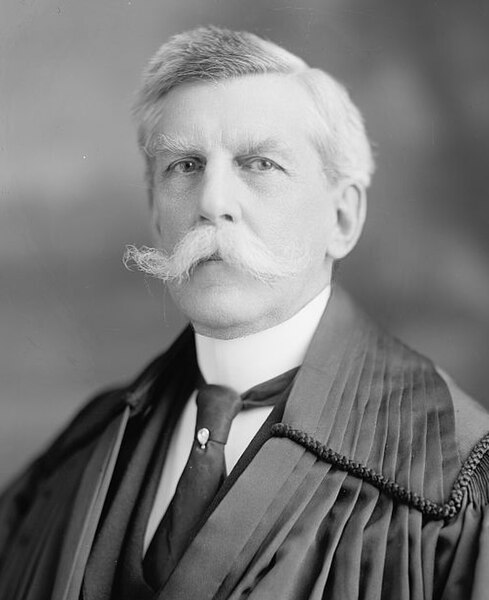
Oliver Wendell Holmes Jr. served as an Associate Justice from 1902 to 1932, retiring just before his 91st birthday. Born in 1841, he was appointed by President Theodore Roosevelt. Holmes is renowned for his clear and concise opinions, particularly in the realm of civil liberties. His tenure is noted for the development of the “clear and present danger” test in free speech cases. A Civil War veteran, Holmes brought a pragmatic approach to the bench. His writings and decisions have had a lasting impact on American jurisprudence. Holmes passed away in 1935, leaving behind a legacy of judicial restraint and respect for legislative authority.
John Paul Stevens
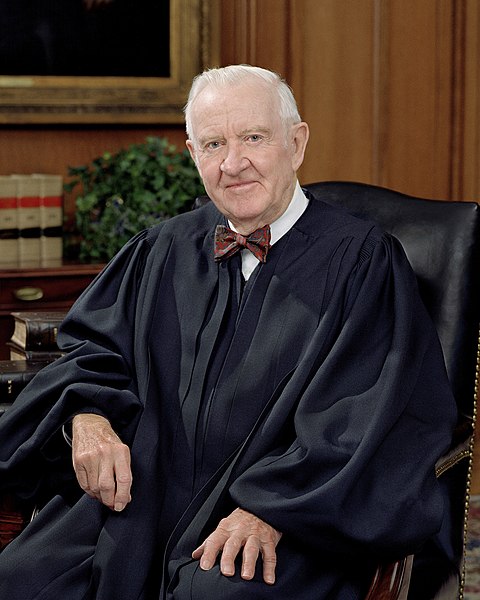
Appointed by President Gerald Ford in 1975, John Paul Stevens served until his retirement in 2010 at the age of 90. Born in 1920, Stevens was known for his independent and evolving judicial philosophy. Initially considered a moderate conservative, he shifted towards more liberal positions over time. Stevens played a pivotal role in decisions related to administrative law, civil rights, and the death penalty. His opinions often emphasized the importance of precedent and the careful interpretation of statutes. After retiring, Stevens remained active in public discourse, authoring books and articles on legal topics. He passed away in 2019, remembered for his thoughtful and principled approach to the law.
Roger B. Taney
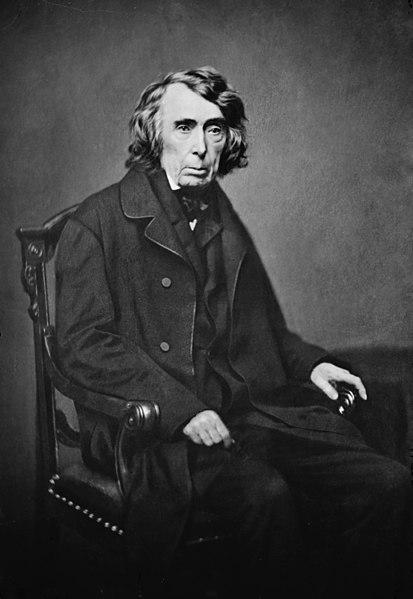
Roger B. Taney served as the fifth Chief Justice from 1836 until his death in 1864 at the age of 87. Born in 1777, he was the first Roman Catholic to hold the position. Taney is perhaps best known for the controversial Dred Scott decision, which denied citizenship to African Americans and intensified pre-Civil War tensions. His tenure also included significant rulings on federalism and the balance of power between state and federal governments. Despite his contentious legacy, Taney’s influence on the Court’s early development is undeniable. His decisions continue to be studied for their impact on American legal history. Taney’s complex legacy reflects the turbulent times in which he served.
Ruth Bader Ginsburg
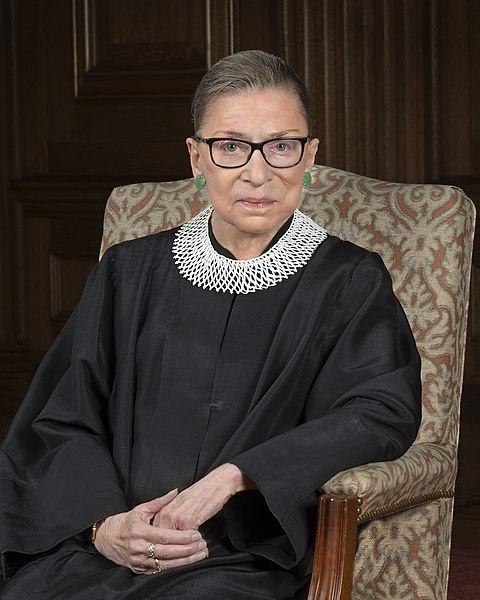
Appointed by President Bill Clinton in 1993, Ruth Bader Ginsburg served until her death in 2020 at the age of 87. Born in 1933, she was the second woman to serve on the Supreme Court. Ginsburg was a pioneering advocate for gender equality and women’s rights, both before and during her tenure on the Court. Her opinions and dissents often highlighted issues of social justice and civil liberties. Ginsburg became a cultural icon, affectionately known as the “Notorious RBG.” Her legal career spanned academia, advocacy, and the judiciary, leaving a profound impact on American law. Ginsburg’s legacy continues to inspire generations committed to equality and justice.
Hugo Black
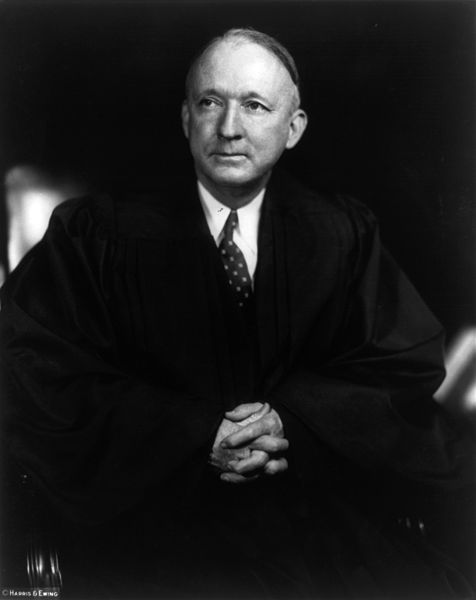
Serving from 1937 to 1971, Hugo Black retired at the age of 85. Born in 1886, he was appointed by President Franklin D. Roosevelt. Black was a staunch advocate for the First Amendment and believed in the absolute application of the Bill of Rights to the states. His tenure included significant decisions on civil liberties, including opposition to the internment of Japanese Americans during World War II. Black’s judicial philosophy emphasized textualism and a literal interpretation of the Constitution. Despite controversies, including revelations about his past association with the Ku Klux Klan, he is remembered for his unwavering commitment to individual rights. Black’s influence on constitutional interpretation remains significant in legal scholarship.
Harry Blackmun
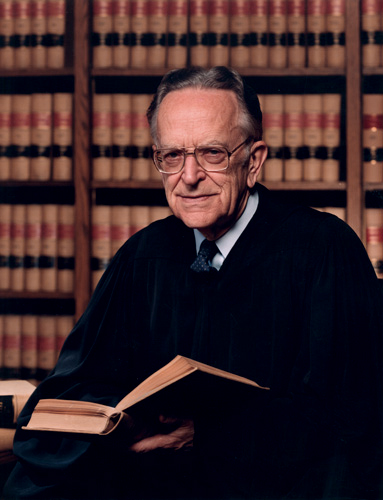
Appointed by President Richard Nixon in 1970, Harry Blackmun served until his retirement in 1994 at the age of 85. Born in 1908, he is best known for authoring the majority opinion in Roe v. Wade, which recognized a woman’s right to choose an abortion. Initially perceived as a conservative, Blackmun’s views evolved over time, and he became a defender of individual liberties. His tenure included important decisions on issues ranging from the death penalty to commercial speech. Blackmun’s judicial philosophy was characterized by a deep concern for the impact of the law on individuals. He often emphasized the human element in legal proceedings. Blackmun passed away in 1999, leaving a complex and impactful legacy.
William J. Brennan Jr.

Serving from 1956 to 1990, William J. Brennan Jr. retired at the age of 84. Born in 1906, he was appointed by President Dwight D. Eisenhower. Brennan was a leading voice for the Court’s liberal wing and played a key role in expanding individual rights. His tenure included landmark decisions on free speech, civil rights, and the right to privacy. Brennan’s opinions often emphasized the importance of human dignity and equality. He was known for his ability to build coalitions and influence the Court’s direction. Brennan’s legacy is marked by a profound commitment to justice and the protection of individual freedoms.
Stephen Breyer
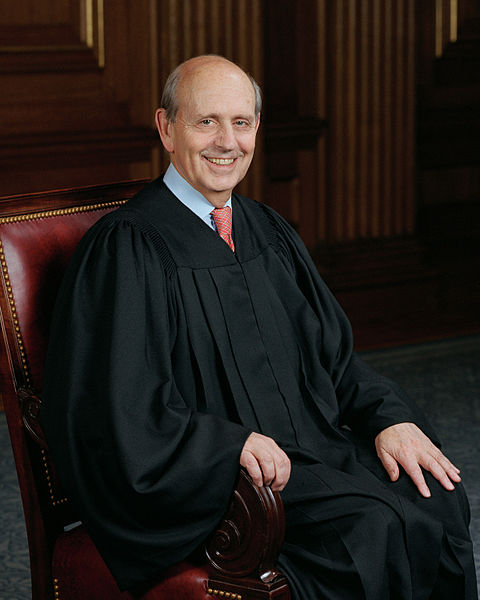
Appointed by President Bill Clinton in 1994, Stephen Breyer served until his retirement in 2022 at the age of 83. Born in 1938, he was known for his pragmatic approach to the law. Breyer often emphasized the practical consequences of judicial decisions and advocated for a living Constitution. His tenure included significant opinions on administrative law, affirmative action, and the death penalty. Breyer’s judicial philosophy focused on balancing individual rights with governmental interests. He was also an advocate for the use of international law in interpreting U.S. law, arguing for a global perspective in certain legal contexts. Breyer’s contributions to the Court reflected his dedication to ensuring justice while adapting to modern societal challenges. Even after his retirement, he continues to engage in legal scholarship and public discourse, influencing the future of judicial interpretation.
Joseph Story

Joseph Story, appointed by President James Madison in 1811, served until his death in 1845 at the age of 65. Born in 1779, he was the youngest justice ever appointed to the Court at just 32 years old. Story became known for his pivotal role in shaping early American jurisprudence and promoting nationalism. His decisions often strengthened federal power, as seen in his landmark opinion in Martin v. Hunter’s Lessee. He was also an influential scholar, writing legal texts that remain foundational today, such as Commentaries on the Constitution of the United States. Story’s legacy includes his emphasis on the role of the judiciary in maintaining the balance of power within the government. Although he passed away relatively young compared to others on this list, his impact was profound and enduring.
Thurgood Marshall

Thurgood Marshall served from 1967 to 1991, retiring at the age of 83. Born in 1908, he was the first African American justice on the Supreme Court. Before his appointment, he made history as the lead attorney in Brown v. Board of Education, a landmark case that ended racial segregation in public schools. During his tenure on the Court, Marshall consistently supported civil rights, individual freedoms, and the rights of marginalized groups. His dissenting opinions often highlighted injustices in the legal system, particularly in cases involving the death penalty and criminal justice. Marshall’s judicial philosophy was rooted in his belief that the Constitution should protect the rights of all Americans, not just the privileged. His contributions to both the legal and social fabric of the U.S. continue to inspire advocates of justice and equality.
William O. Douglas
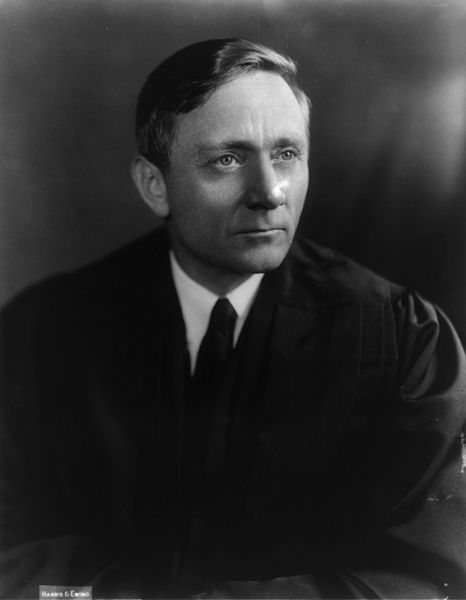
William O. Douglas holds the record as the longest-serving Supreme Court Justice, with a tenure spanning from 1939 to 1975. Born in 1898, Douglas retired at the age of 77 due to health issues, though his impact on the Court remains unparalleled. Known for his strong defense of individual liberties, Douglas was a champion of environmental rights and freedom of expression. His opinion in Griswold v. Connecticut laid the groundwork for the right to privacy, which later influenced Roe v. Wade. He was an advocate for a living Constitution, believing its interpretation should evolve with societal changes. Despite his sometimes controversial and outspoken nature, Douglas’s contributions to civil liberties and environmental law cemented his legacy as a transformative figure in American jurisprudence.
Felix Frankfurter
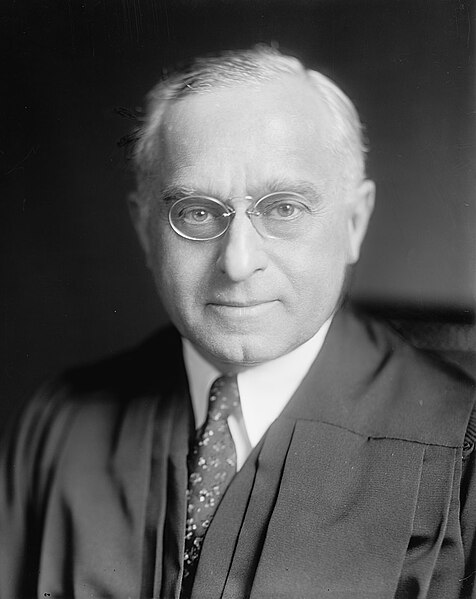
Felix Frankfurter, appointed by President Franklin D. Roosevelt, served on the Court from 1939 to 1962, retiring at the age of 80. Born in 1882, Frankfurter was a key figure in shaping the Court during a period of significant societal change. He was known for his philosophy of judicial restraint, advocating for the Court to defer to the decisions of elected legislative bodies. His opinions often emphasized the importance of federalism and the separation of powers. Despite his restrained approach, Frankfurter’s tenure was marked by important rulings in cases involving civil rights and the expansion of federal authority. He was also a co-founder of the American Civil Liberties Union, reflecting his commitment to individual freedoms. Frankfurter’s intellectual rigor and dedication to the law left a lasting impression on the judiciary.
Sandra Day O’Connor
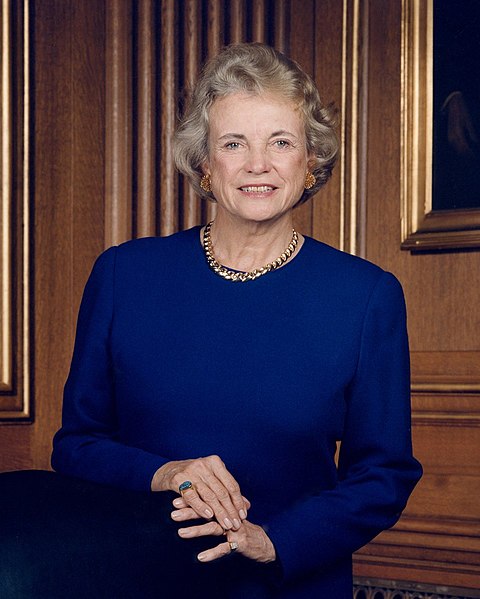
Sandra Day O’Connor, the first woman to serve on the Supreme Court, retired in 2006 at the age of 75. Born in 1930, she was appointed by President Ronald Reagan in 1981 and served as a pivotal swing vote in many significant cases. O’Connor’s pragmatic approach often sought to balance competing interests, particularly in cases involving gender equality, affirmative action, and federalism. Her moderate conservative stance and case-by-case methodology made her a key figure in the Court’s decisions during her tenure. Beyond her judicial contributions, O’Connor’s historic appointment paved the way for greater gender diversity in the judiciary. Her influence extended beyond the bench, as she continued to advocate for civic education and judicial independence post-retirement. Her legacy as a trailblazer in the legal profession is celebrated worldwide.
Antonin Scalia
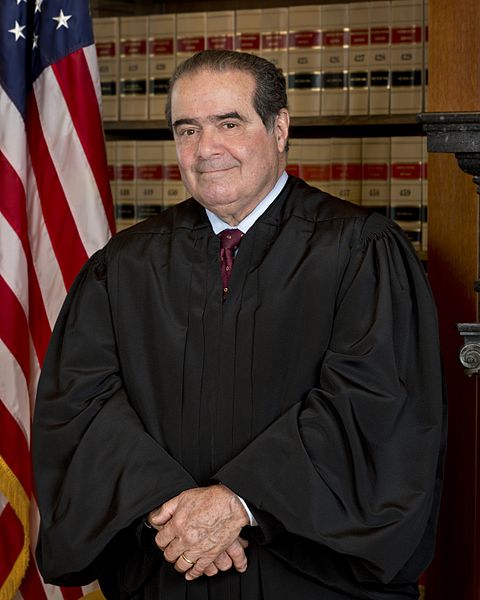
Antonin Scalia served from 1986 until his death in 2016 at the age of 79. Born in 1936, Scalia was known for his staunch originalist and textualist approach to constitutional interpretation. Appointed by President Ronald Reagan, he was a vocal and influential member of the conservative wing of the Court. Scalia’s opinions and dissents, often written with sharp wit and rhetorical flair, significantly shaped debates on issues ranging from gun rights to administrative law. His judicial philosophy emphasized adhering to the Constitution’s original meaning, arguing against its interpretation as a living document. While his views were polarizing, Scalia’s intellectual contributions to legal theory and his ability to articulate his positions left a profound impact on the Court. His unexpected passing in 2016 marked the end of a significant era in American jurisprudence.
Byron White
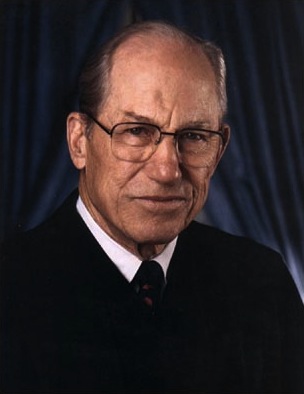
Appointed by President John F. Kennedy in 1962, Byron White served until his retirement in 1993 at the age of 76. Born in 1917, White was not only a distinguished justice but also a standout college football player and Rhodes Scholar. His tenure on the Court was characterized by his pragmatic and often unpredictable judicial philosophy. White authored key opinions in cases involving civil rights, such as Tinker v. Des Moines Independent Community School District, which upheld students’ free speech rights. However, he also dissented in landmark cases like Roe v. Wade, reflecting his cautious approach to expanding judicial authority. His decisions often sought to balance individual rights with governmental powers. White’s multifaceted career and thoughtful contributions to the Court underscore his legacy as a unique and impactful justice.
Anthony Kennedy
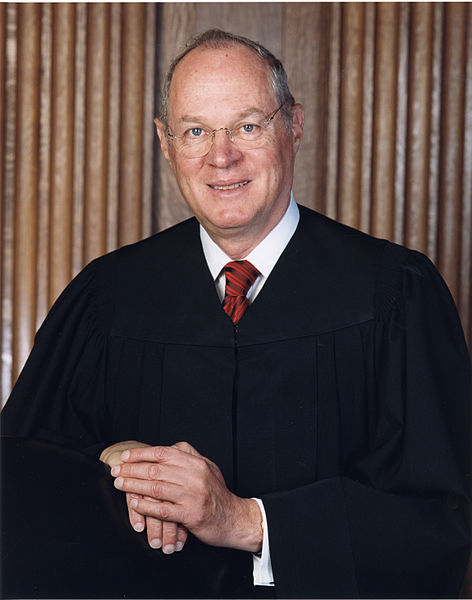
Anthony Kennedy served on the Supreme Court from 1988 to 2018, retiring at the age of 82. Born in 1936, he was appointed by President Ronald Reagan and quickly became known as a crucial swing vote on the Court. Kennedy’s opinions often centered on individual liberties, and he played a pivotal role in landmark decisions such as Obergefell v. Hodges, which legalized same-sex marriage nationwide. His jurisprudence emphasized dignity, autonomy, and equality, influencing the Court’s stance on issues like abortion rights, affirmative action, and free speech. Kennedy’s ability to bridge ideological divides made him one of the most consequential justices in recent history. Despite his conservative roots, his decisions often leaned towards progressive outcomes in cases involving personal freedoms. Upon retirement, Kennedy left a legacy of nuanced legal reasoning and a commitment to human rights.
James Clark McReynolds
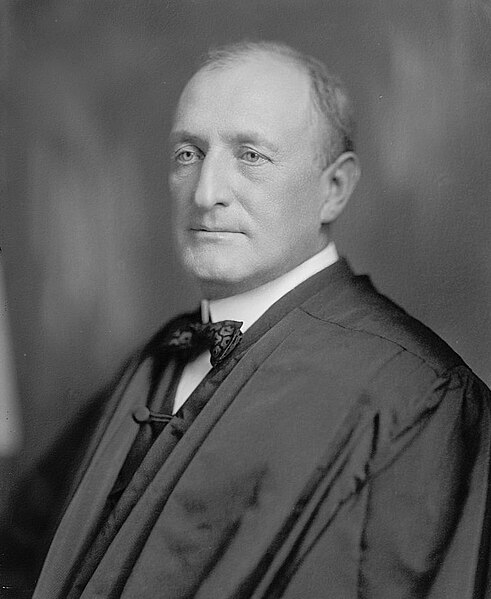
James Clark McReynolds served on the Supreme Court from 1914 to 1941, retiring at the age of 79. Born in 1862, he was appointed by President Woodrow Wilson and became known for his staunch opposition to many New Deal programs. McReynolds was a fierce advocate for limiting federal government power, often dissenting in cases that expanded regulatory authority. His tenure coincided with a period of significant economic and social change, during which his conservative views frequently clashed with the Court’s evolving priorities. Despite his judicial expertise, McReynolds was criticized for his abrasive personality and controversial views on race and religion. He authored opinions in cases that significantly influenced commerce and antitrust law. His long tenure and resistance to New Deal reforms make him a prominent, if divisive, figure in Supreme Court history.
Benjamin Cardozo
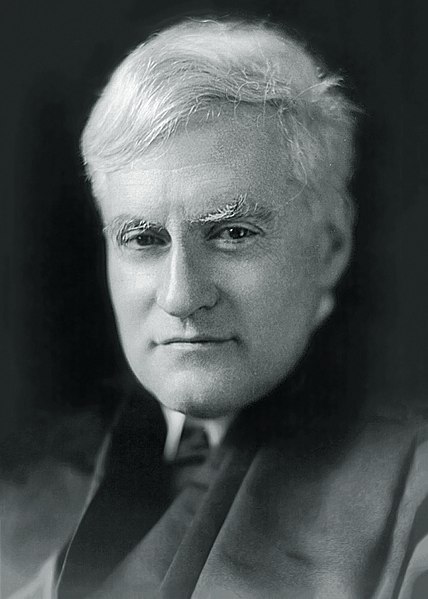
Benjamin Cardozo served on the Supreme Court from 1932 until his death in 1938 at the age of 68. Born in 1870, Cardozo was appointed by President Herbert Hoover and was celebrated for his eloquence and deep legal insight. Before joining the Supreme Court, he had already gained national acclaim for his service on the New York Court of Appeals. On the Supreme Court, Cardozo was known for his progressive views and a focus on protecting the rights of individuals against powerful entities. He contributed significantly to shaping doctrines related to federalism and constitutional law. Cardozo’s opinions often emphasized justice and fairness, blending legal reasoning with ethical considerations. Though his tenure was relatively short, his influence on American jurisprudence endures, particularly in the areas of tort law and judicial philosophy.
David Souter
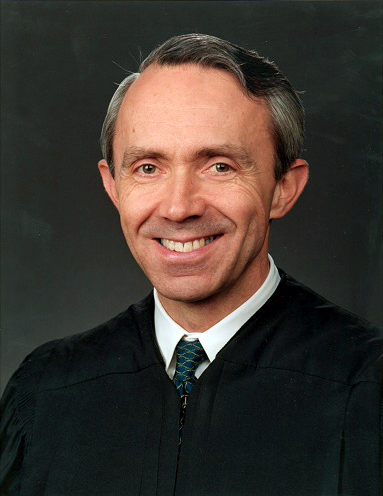
David Souter served on the Supreme Court from 1990 to 2009, retiring at the age of 69. Born in 1939, Souter was appointed by President George H. W. Bush and was initially expected to align with the Court’s conservative bloc. However, over time, he developed into a moderate justice, often siding with the liberal wing in key cases. Souter’s tenure was marked by careful and methodical opinions on issues ranging from reproductive rights to criminal justice. His decision in Planned Parenthood v. Casey upheld the core principles of Roe v. Wade, showcasing his commitment to precedent. Known for his aversion to public attention, Souter lived a quiet life away from the political fray of Washington. His legacy reflects a deep respect for the law and a focus on fairness and balance in judicial decision-making.
Samuel Chase

Samuel Chase, one of the original Supreme Court justices, served from 1796 until his death in 1811 at the age of 70. Born in 1741, Chase was appointed by President George Washington and brought a fiery personality and strong Federalist leanings to the bench. He is perhaps best known for being the only Supreme Court justice to face impeachment, a result of his outspoken political views and controversial conduct during trials. Though he was acquitted by the Senate, the case set an important precedent for judicial independence. Chase’s tenure saw the early establishment of many foundational principles of American constitutional law. His opinions often reflected his belief in a strong federal government. Despite his contentious reputation, Chase played a key role in shaping the role of the judiciary in its formative years.
This article originally appeared on Rarest.org.
More From Rarest.Org
The natural world holds some truly bizarre and resilient invertebrates that have adapted to survive extreme environments and conditions. From microscopic creatures that withstand the vacuum of space to deep-sea dwellers thriving in freezing darkness, these organisms showcase an impressive range of survival skills. Read more.
The story of computing stretches back far longer than most realize, with early inventions laying the groundwork for today’s advanced technology. From ancient mechanisms predicting celestial events to massive machines aiding war efforts, the oldest computers in history demonstrate the ingenuity and ambition of their creators. Read more.
As technology continues to evolve, we’re seeing incredible advancements with the potential to reshape our future in ways we could only imagine. These innovations promise to make our lives more efficient, secure, and sustainable. Read more.



